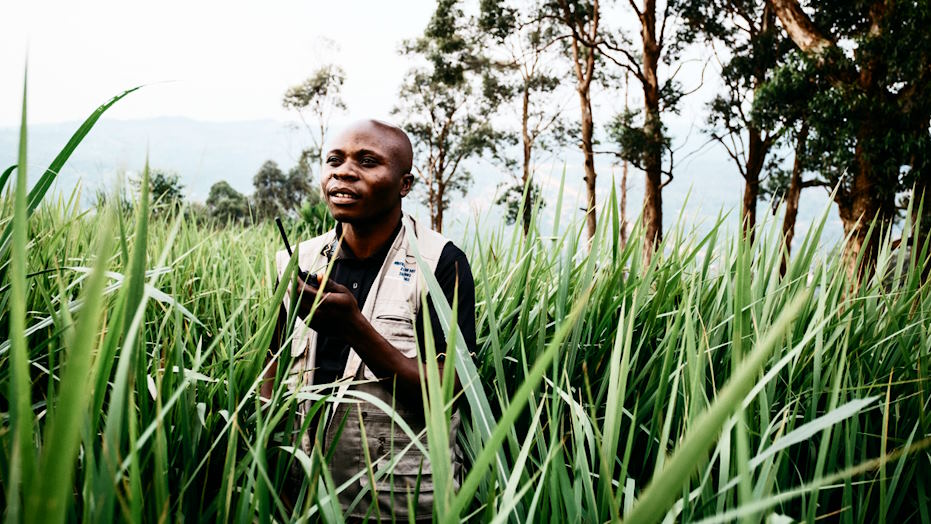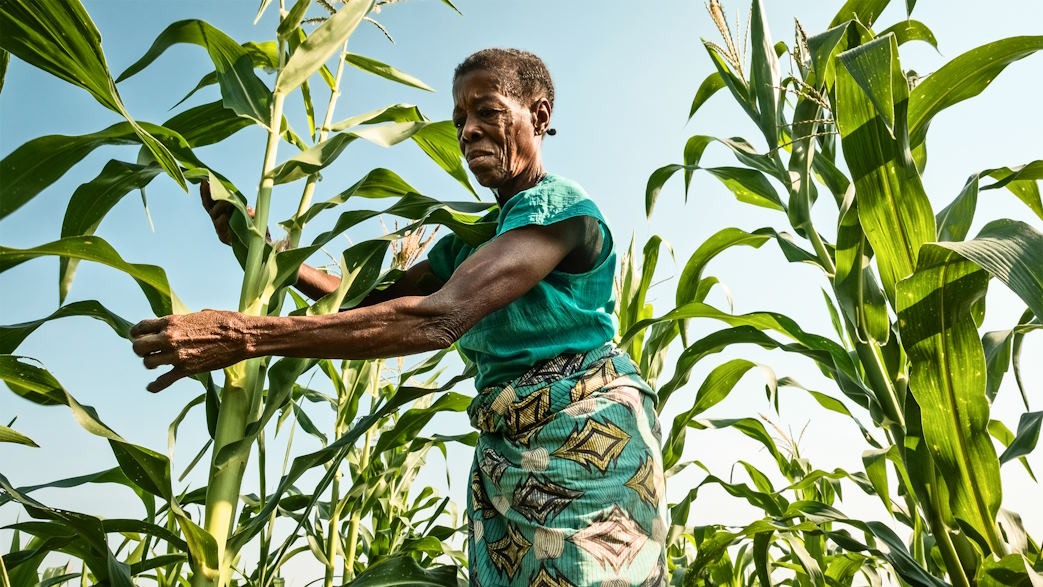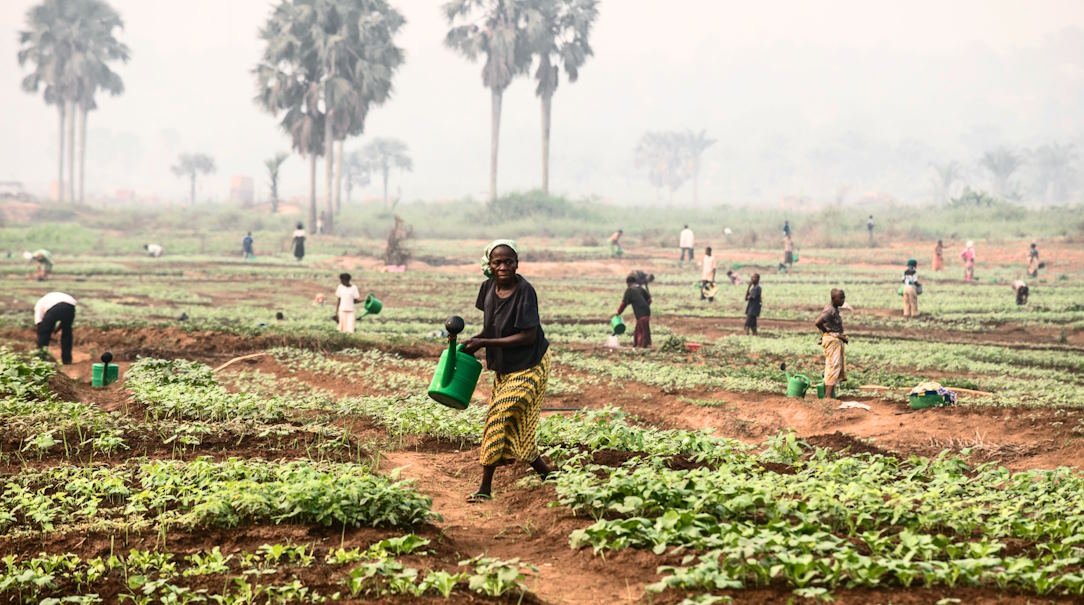The Congo’s creativity and challenges need a multifaceted strategy, which includes technology innovation, supportive government, community engagement, and sustainable practices. The inadequate type of transportation and storage facilities adds to the efficient movements for promoting agricultural products leading to the harvesting losses that directly reduce the income of the farmers. The overcoming obstacles in Congo’s agricultural sector include:
- It is necessary to allocate money towards enhancing transportation, which increases storage facilities and helps the irrigation system. All of this is utilized to improve the efficiency of supply chains for agriculture.
- Supports encouraging sustainable practices that include farming which enhances soil productivity and fertility.
- Strengthen the linkages of the markets which add value for promotions and supports for the creation of agriculture.
- It fosters the community that encourages collaborations and is used for establishing local support.
What to know about the Congo Amidst?
The innovating farming practices in Congo amidst challenges integrated with the agroforestry-based practices are used for enhancing the fertility of the soil preventing erosions and providing all types of additional incomes. It adopts the precision type of farming techniques that include satellites that are imagery which optimizes the resources that are used for improving the crops based management which increases the yields.

Adapting agriculture to Congo’s unique environment involves considering the country’s geographical and socio-economic type of factors. Here are some kinds of strategies that are tailored to the context of the Congo. It supports the identification of the agroecological zones that allow for understanding the wider area that is suitable for crop choices. Also, it is used for promoting and developing the varieties that get adapted to the different climates. Implementing the crop rotation is used for diversification strategies that support enhancing the health of the soil and reducing diseases and pests which ensure the stable and resilient system that is followed in agriculture.


